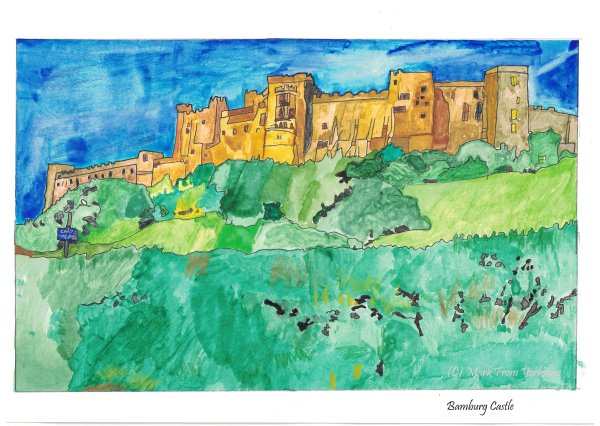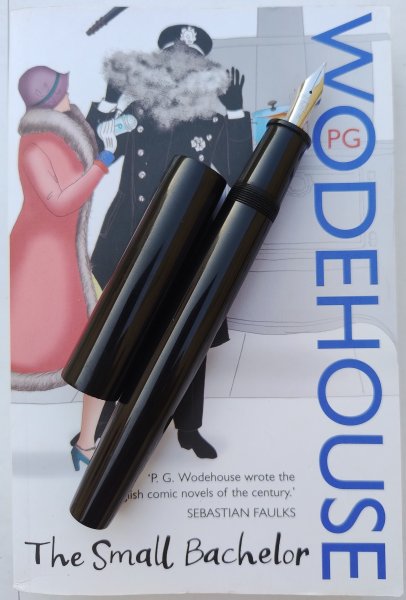Question About Nib Measurements
-
Forum Statistics
357.4k
Total Topics4.7m
Total Posts -
Member Statistics
129,867
Total Members18,857
Most OnlineNewest Member
GrantAMILD
Joined -
Images
-
Albums
-
Icones Pupulinianae VI
- By fpupulin,
- 1
- 2
- 84
-
Tintenlabor
- By yazeh,
- 0
- 0
- 56
-
Andrew Lensky Arts
- By Andrew_L,
- 4
- 25
- 97
-
USG 22
- By USG,
- 0
- 0
- 56
-
My Calligraphy and artwork
- By Mark from Yorkshire,
- 0
- 0
- 11
-


















.thumb.jpg.f07fa8de82f3c2bce9737ae64fbca314.jpg)









Recommended Posts
Create an account or sign in to comment
You need to be a member in order to leave a comment
Create an account
Sign up for a new account in our community. It's easy!
Register a new accountSign in
Already have an account? Sign in here.
Sign In Now